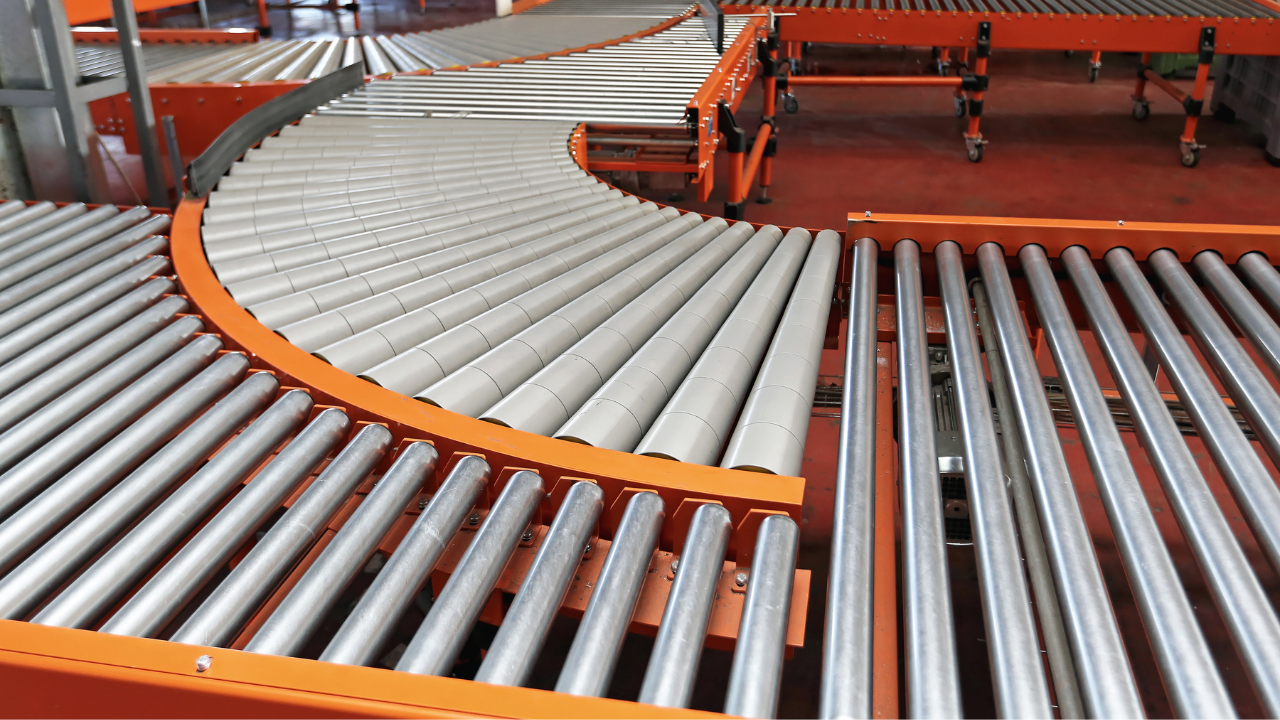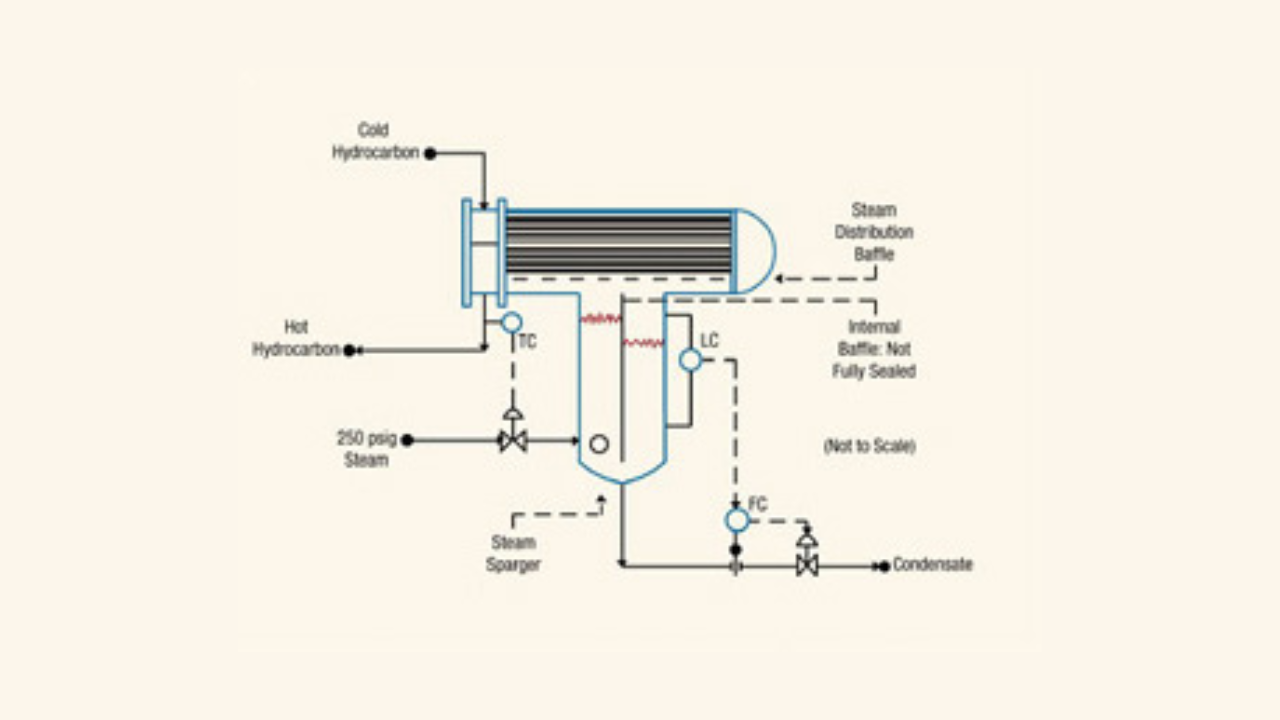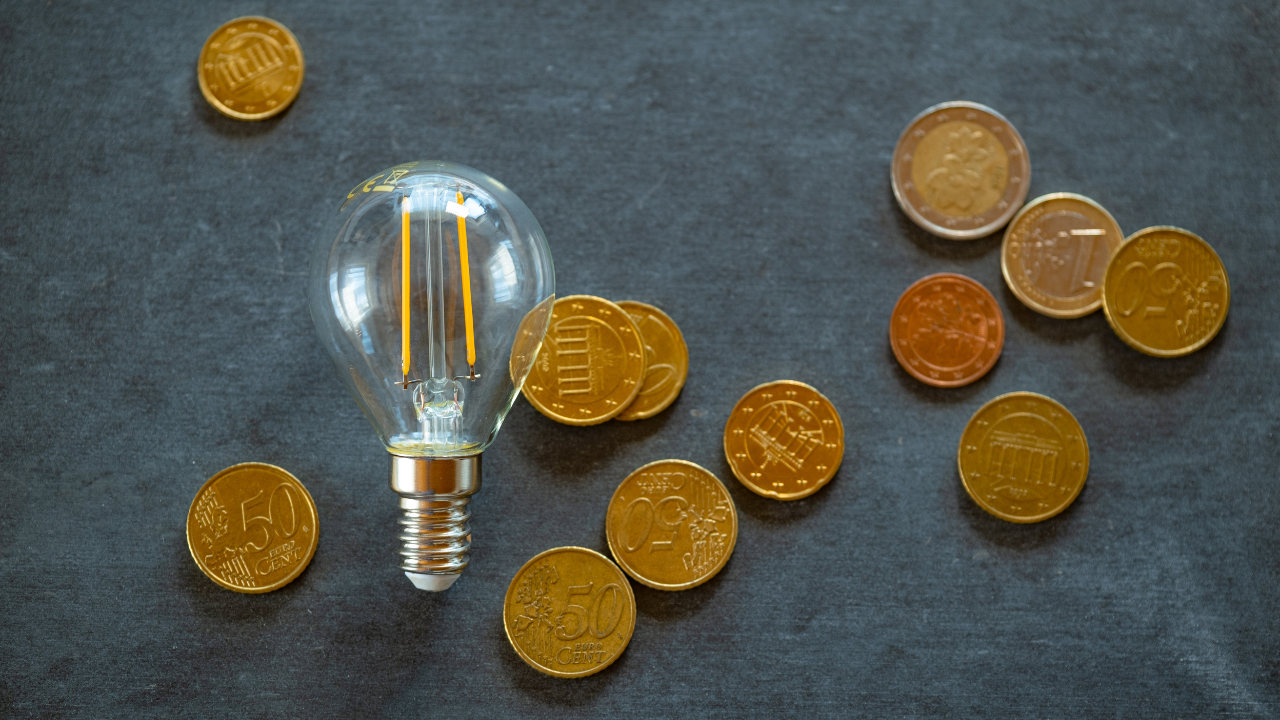The Full Circle of Engineering Education
Tom Irvine
I express greetings to the readers of this newsletter. This article has several related themes. The main purpose is to give an overview of the engineering education process, relating theory to practical application. As part of this overview, I express gratitude to the scientists, mathematicians, and engineers who have guided my own education. This education is the foundation of my engineering career, as my experiences demonstrate.
Like many of you, I spent my college years taking meticulous notes as the engineering professors at Arizona State University wrote one partial differential equation after another on the chalkboard. I became immersed in the theories of Newton, Bernoulli, Euler, Gauss, Fourier, and Laplace. I also studied the theories of Lord Rayleigh, Jacobi, Galerkin, Bessel, and Lagrange in acoustic and vibration graduate courses. Every engineering problem had a neat and tidy solution, as evidenced by the format of each question in the final exams.
The whole Universe behaved in a well-ordered and predictable manner. Even when the Universe began to stray into some random pattern, a Fourier transform could easily be taken to restore order in terms of a series of sine waves. I entered the workforce at Motorola eager to show my expertise by perhaps solving a differential equation, thereby saving the company vast sums of money. There were no differential equations, however. My idealism thus hit a brick wall. Instead, I discovered that engineering as practiced in industry was a completely different world than engineering as taught at the university. Engineers in industry have little time to muse upon theory. Rather, they rely on empirical approaches! These empirical case histories are incorporated into military and industry standards. Examples of well-used standards include:
- MIL-STD-810E, Military Standard, Environmental Test Methods, Department of Defense, Washington D.C., 1988.
- MIL-STD-1540C, Test Requirements for Launch, Upper-Stage, and Space Vehicles, Department of Defense, Washington D.C., 1994.
- NAVMAT P-9492, Navy Manufacturing Screening Program, Department of Navy, May 1979.
- Himelblau, Piersol, et al., IES Recommended Practice 012.1: Handbook for Dynamic Data Acquisition and Analysis, Institute of Environmental Sciences and Technology, Mount Prospect, Illinois.
As a newly hired engineer, I had to set aside theory in order to make room for the empirical case history approach. I was particularly bewildered by the “shock response spectrum,” an empirical tool for shock testing. Fortunately, some managers gave me photocopies of papers by authors such as Himelblau, Steinberg, Caruso, Szymkowiak, Moening, and Chu.
A particularly useful paper was “Understanding and Measuring the Shock Response Spectrum” by Tustin and Hieber. Curiously, this paper was offered as a Spectral Dynamics technical publication rather than in a college textbook. I soon discovered that some of the most practical information available was given as tutorials in vendor catalogs and in equipment user manuals.
I left Motorola to take a position at Orbital Sciences Corporation in 1988. My first task was to apply empirical approaches to the initial Pegasus launch vehicle. This vehicle would be carried to an altitude of 40,000 feet by a B-52 aircraft. It would deliver a small satellite into low earth orbit.
One of my duties was to measure pyrotechnic shock levels during ground tests, as generated by the linear shape charge used for stage separation. Next, I derived the avionics component qualification shock test levels. I carried out the component shock tests using a resonant beam and a pendulum hammer. The electrical engineers became very anguished as crystal oscillators and other components detached from circuit boards due to the severe shock loading. We fixed the design problems. The initial Pegasus launch, made on April 5, 1990, was a success.
The pace of the Pegasus program had been understandably frenetic. Afterward, I had time to review what we had actually done. During this period, I came across another set of papers by authors such as Piersol, Smallwood, and Nelson. These authors seemed well versed in the empirical methods, yet they seemed equally comfortable with mathematical theory. I revisited my Thomson vibration textbook from college. I was surprised that Thomson had actually discussed a form of the shock response spectrum. His presentation was brief, but the essential pieces were given. In the great tradition of college textbooks, the substantial steps of the derivation were left as a “student exercise.”
I then realized that I could derive the equations underlying the shock response spectrum starting from Newton’s law and continuing with Laplace transforms. The arbitrary base excitation function required a convolution integral, but the integral could be modeled with a series for the case of digital data. A Z-transform could then be used to derive a corresponding digital recursive filtering algorithm. Enlightenment! A bridge between the practical empirical approach and venerable theory! T.S. Elliot wrote, “We shall not cease from exploration, and the end of all our exploring will be to arrive where we started and know the place for the first time.”
ERI includes two of my mentors, Wayne Tustin and Allan Piersol. Each has written a myriad of tutorials, papers, and books, as well as teaching numerous courses in shock and vibration testing and analysis. I invite you to take advantage of their courses.
Tom Irvine
Related Articles

Achieve Energy Savings in Plant Facilities

Eliminating Conveyor Concerns

Developing Marketable Engineering Skills

Preheater Points Out the Value of Cooling Off

Design for Maintainability: The Innovation Process in Long Term Engineering Projects




